Chapter 12
Family
By Boundless
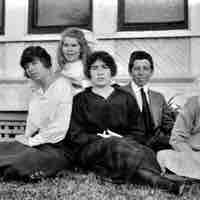
In human context, a family is a group of people affiliated by consanguinity, affinity, or co-residence.
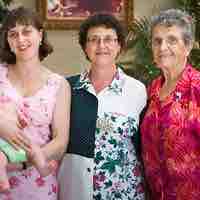
The primary function of the family is to perpetuate society, both biologically through procreation, and socially through socialization.

The traditional family structure consists of two married individuals providing care for their offspring, but this is becoming more uncommon.
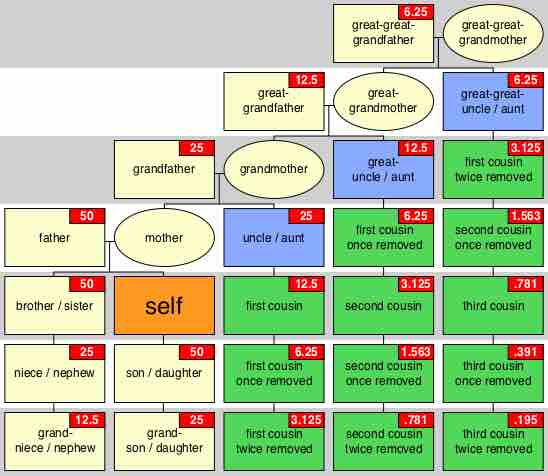
Kinship refers to the web of social relationships that form an important part of the lives of most humans in most societies.
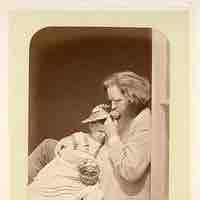
The three main parenting styles in early child development are authoritative, authoritarian, and permissive.

Marriage is a social union or legal contract between people called spouses that creates kinship.
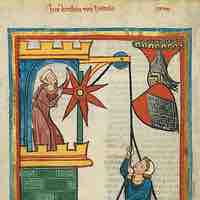
Romance is the expressive and pleasurable feeling from an emotional attraction to another person, and is associated with love.
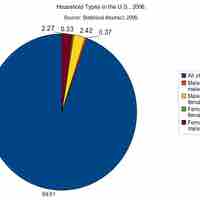
Marriage is an institution which can join together people's lives in a variety of emotional and economic ways.

There is wide cross-cultural variation in the social rules governing the selection of a partner for marriage.
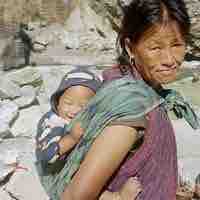
Child rearing is the process of supporting the physical, emotional, social, and intellectual development of a child.
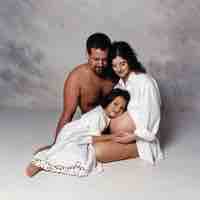
Functionalists view the family unit as a construct that fulfills important functions and keeps society running smoothly.

The conflict perspective views the family as a vehicle to maintain patriarchy (gender inequality) and social inequality in society.
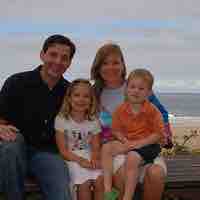
Symbolic interactionists view the family as a site of social reproduction where meanings are negotiated and maintained by family members.
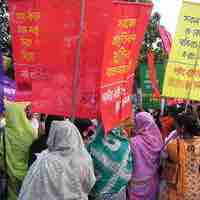
Feminists view the family as a historical institution that has maintained and perpetuated sexual inequalities.

One parent households, cohabitation, same sex families, and voluntary childless couples are increasingly common.
Over the past three decades, marriage rates in the United States have increased for all racial and ethnic groups.
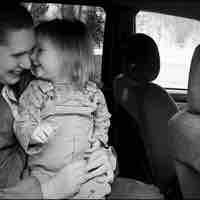
With the rise of single-parent households, unmarried mothers have become more common in the United States.

Elderly care is the fulfillment of the special needs and requirements that are unique to senior citizens.

Voluntary childlessness in women is defined as women of childbearing age who are fertile and do not intend to have children.

Household models include the single family and blended family home, shared housing, and group homes for people with special needs.
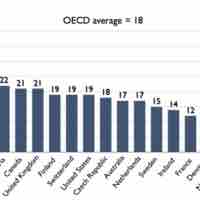
Women in the workforce have faced barriers, though they have greater access to education and employment in the contemporary era.

Divorce is the final termination of a marital union, canceling the legal duties and responsibilities of marriage between the parties.
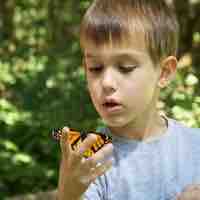
Child custody laws describe the legal and practical relationship between a parent and his or her child.
Divorce statistics vary across the world, but on average, first marriages that end in divorce last about eight years.
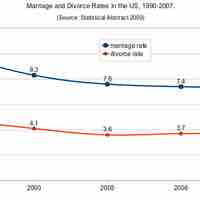
Factors that may lead marriages to end in divorce are infidelity, adultery domestic violence, midlife crises, inexperience, and addictions.
Sociologists and psychologists have found that the effects of divorce heavily depend on the child's age at the time the divorce occurs.
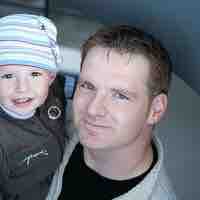
Involved fathers contribute to their children's development.

Family violence is defined as a pattern of abusive behaviors by one family member against another.

Child abuse is the physical, sexual or emotional mistreatment, or neglect of a child.

Spousal abuse can be defined as a pattern of abusive behaviors by one or both partners in an intimate relationship.